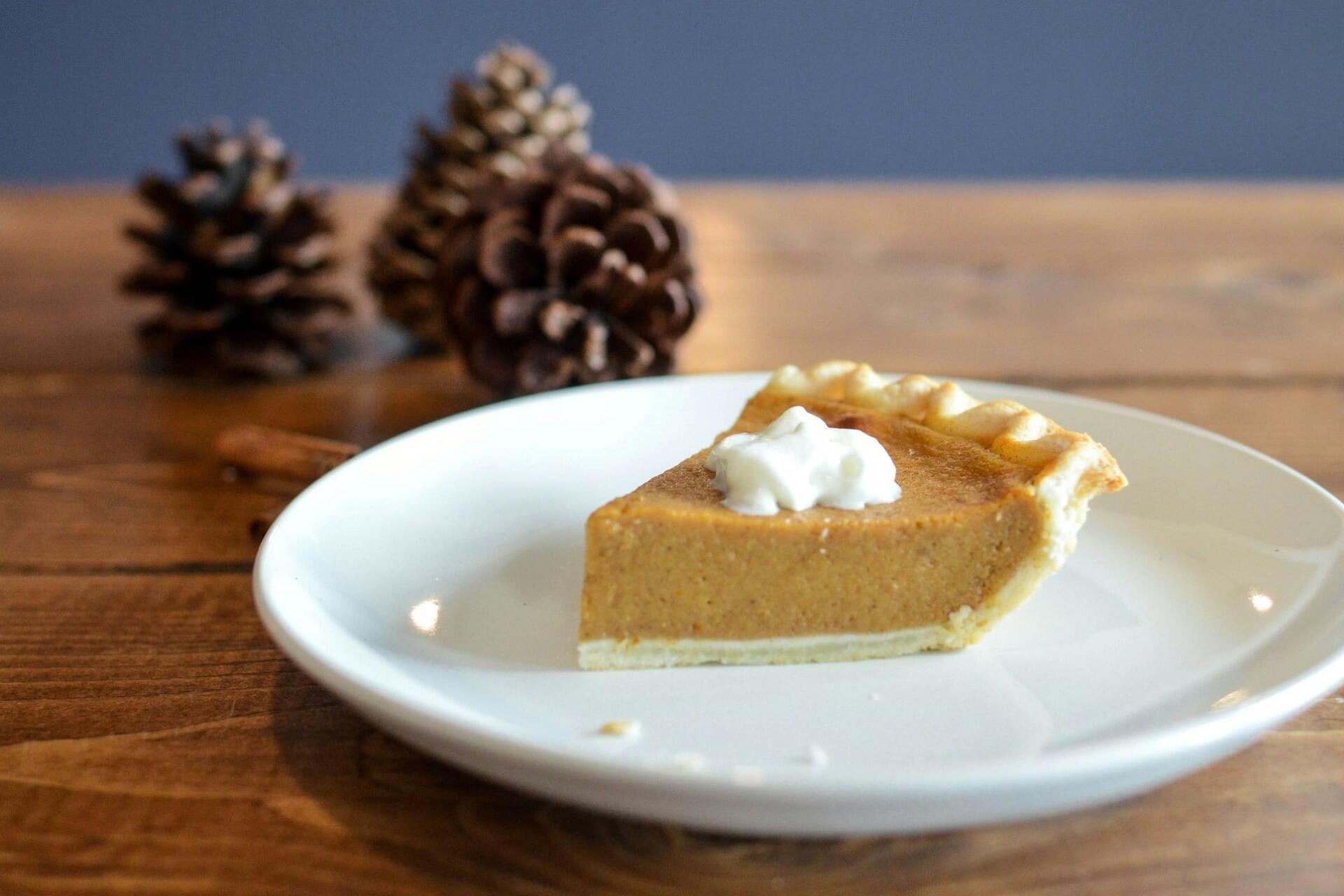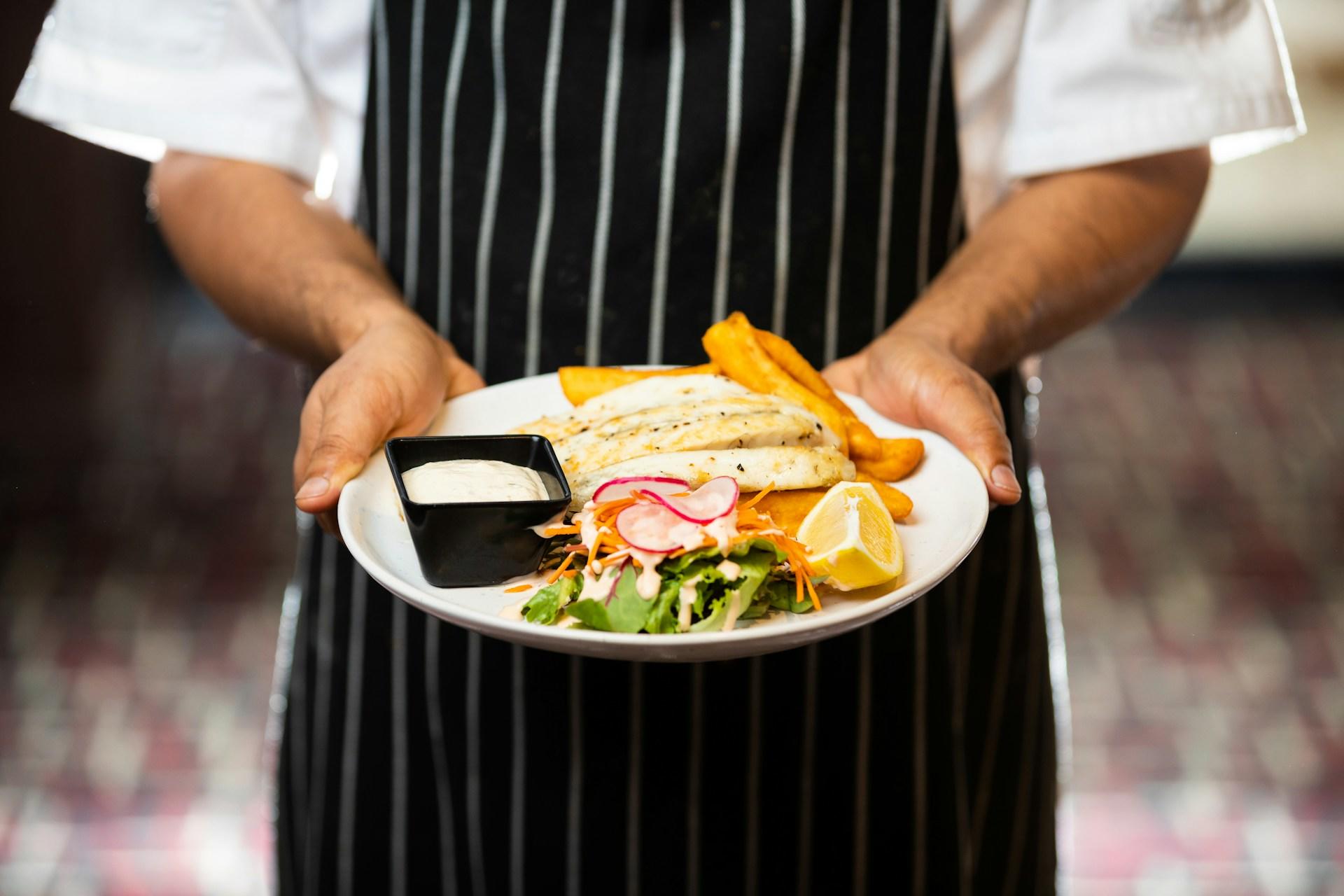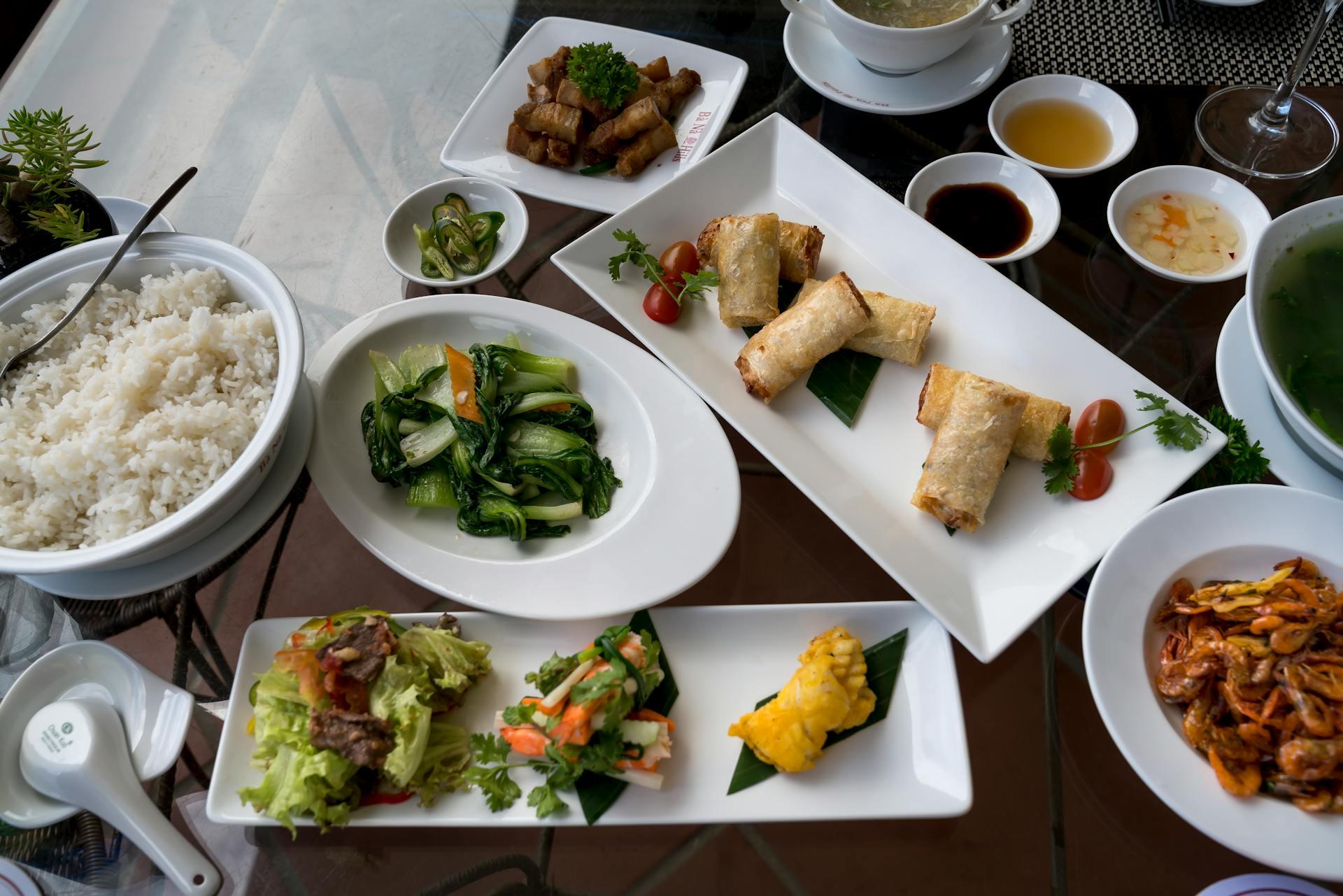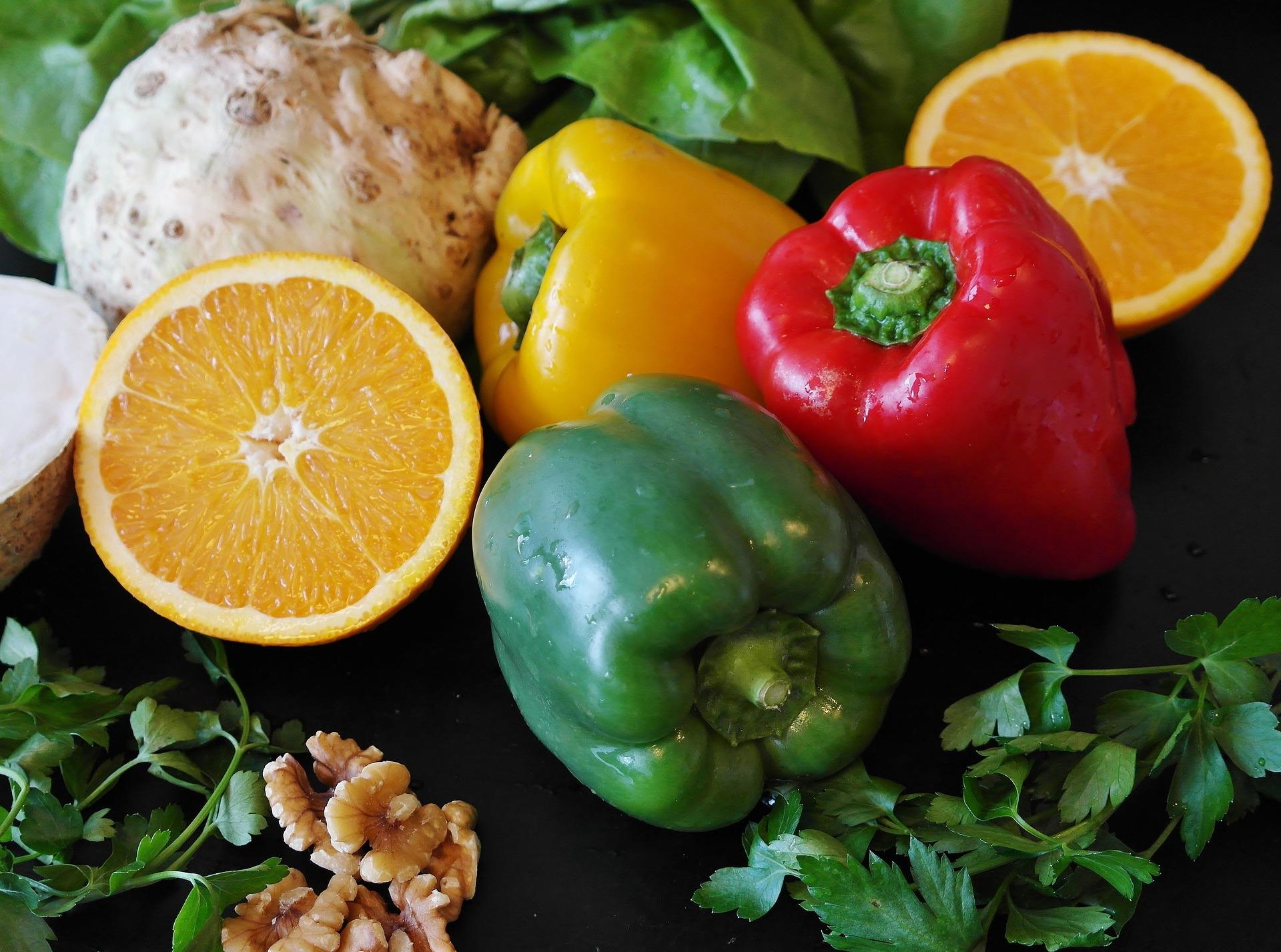Canada is a country with rich culinary traditions and cultural diversity. From hearty, savory dishes steeped in history to sweet treats cherished by Canadian families for generations, these Canadian foods boast a variety of flavors, stories of identity, creativity, and tradition. This blog explores the country's most iconic foods - poutine, maple syrup, butter tarts, Nanaimo bars, and tourtière, to name a few! Discover how these dishes have become a cultural symbol in the Great White North.

1. Poutine: National gastronomic treasure
More than a simple combination of fries, cheese curds, and gravy, the famous dish is a symbol of Quebec's cultural identity and culinary traditions. This dish has its roots in Quebec's rural communities, where it emerged in the mid-20th century and now remains one of the favorite comfort foods among Canadians. 🍟
Origins and myths
The origin of poutine is subject to debate, several stories attempt to vindicate its creation. In the 1950s, at Le Lutin Qui Rit, a restaurant in Warwick, a customer asked for cheese curds to be added to his fries. Fernand Lachance, the owner, exclaimed, "Ça va faire une maudite poutine," referring to the combination as messy.
On the other hand, in Drummondville, Jean-Paul Roy, owner of the Roy Jucep, began officially selling the mixture of fries, brown gravy, and cheese curds in 1964. Roy Jucep is recognized by many as the "official birthplace" of this delicacy.
An evolving dish
Although poutine was born as a simple and humble meal in rural Quebec, its popularity grew exponentially beginning in the 1980s and 1990s, when fast food chains such as Burger King (1987), McDonald's (1990s), and Harvey's (1992) introduced it to their menus.
Today, it is on the cultural calendar, with festivals dedicated to the dish celebration in cities such as Montreal, Quebec, Drummondville, and Ottawa. Even outside Canada, in states such as Maine and New Hampshire, events pay tribute to the culinary traditions.
A recipe with deep roots
Classical poutine is made with three essential elements that, when combined, achieve a unique balance of textures and flavors:
Served immediately after assembling the ingredients, poutine is one of the favorite comfort foods in Canada. It celebrates the warmth and ingenuity of Quebec cuisine and reminds us how a simple dish can tell a story of culture, tradition, and community.
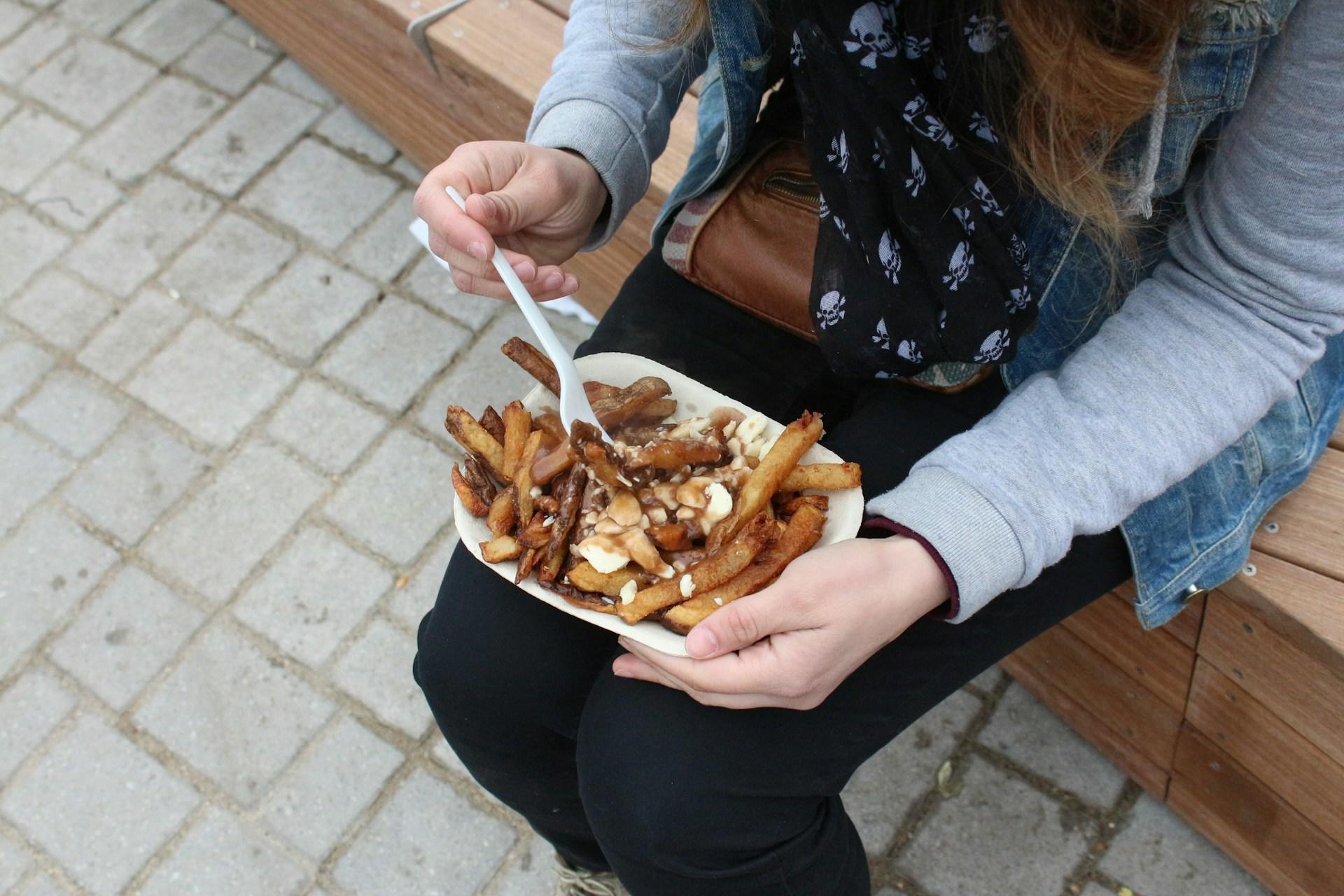
2. Maple Syrup: The Canadian tradition
Maple syrup is one of the country's leading domestic and export products. This natural sweetener made from maple sap symbolizes a legacy that continues to be passed down from generation to generation. This tradition was not only fundamental to their culture but also marked the beginning of the production techniques used today. 🌳
Historical and cultural origins
Long before the arrival of Europeans, the indigenous communities of eastern North America already knew the art of extracting and using maple sap. Every spring, they would cut down the trees and collect the liquid in baskets, subsequently using it in their cooking.
Production and traditional techniques
Canada offers perfect conditions for growing maple trees, with cold winters allowing the maples to store starch in their roots and trunks, transforming it into sugar when spring temperatures arrive. Well-drained, slightly acidic soils favor their development, making Canada the world's largest producer. Its production combines traditional methods and technological advances:
Nutritional composition and benefits
It is primarily sucrose with small amounts of glucose and fructose. It also contains potassium, calcium, zinc, manganese, riboflavin (vitamin B2), and antioxidant compounds such as polyphenols, making it a more nutritious and natural alternative to processed sweeteners.
Quality control and Canadian leadership
Quebec leads the world in maple syrup production, accounting for more than 70% of the global supply. The Canadian government regulates production, from manufacturing practices to product purity and labeling.
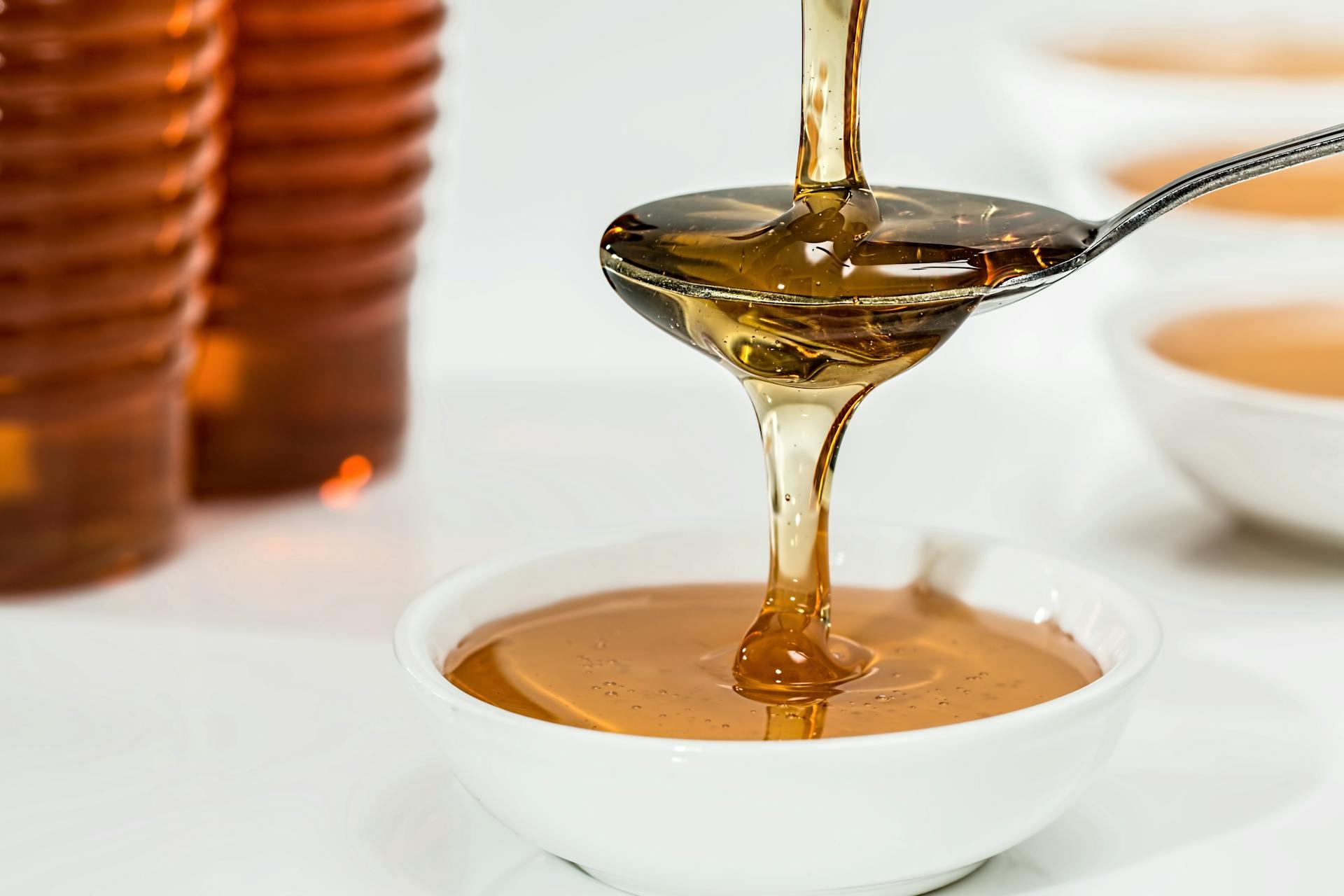

3. Butter tarts: A delight of Canadian traditions
Butter tarts are one of the most emblematic desserts in Canada, especially in Ontario, where they originated at the end of the 17th century. This simple but delicious dessert combines butter, sugar, syrup, and egg and has conquered the palate of generations, becoming a culinary tradition passed down and reinvented over time. 🧈
Origin and history
The first written record of these tarts dates back to 1900, in the Women's Auxiliary of the Royal Victoria Hospital Cookbook, published in Barrie, Ontario. However, their history goes back even further, between 1663 and 1673, when young French women sent to Quebec for colonization (filles du roi) brought back European recipes for pastries.
The simplicity of its essentials
Unlike more elaborate European desserts (such as French pâtisserie), butter tarts are characterized by the simplicity and flavor of their components. The elements defining their texture and flavors are:
Evolution and preparation twists
From their humble origins, these delicacies have evolved and adapted to regional and modern variations. Beyond their taste, butter tarts represent the cultural connection in eastern Canada, uniting generations and adapting to new trends without losing their essence.

4. Nanaimo Bars: A sweet icon of British Columbia
Originally from Nanaimo in British Columbia, it is a Canadian no-bake dessert that has become part of the favorites since the mid-20th century. With its three-layer structure, this treat combines unique textures and flavors, making them essential for Canadian families. 🍫
History and origins
The first documented reference to Nanaimo bars appears in 1952 in the Women's Auxiliary to the Nanaimo Hospital Cookbook, where they were called Chocolate Square. Later, a similar preparation appeared in Edith Adams' cookbook, cementing their identity as Nanaimo Bars. Although their origin is debated, layered European desserts may have inspired the bars.
Although she was not their creator, Susan Mendelson played a key role in their popularity when she co-founded The Lazy Gourmet in Vancouver, bringing the treats to a broader audience. Her recipe gained such notoriety that it was featured in The New York Times.
Culture and tradition
Today, they can be found in places like Starbucks, Costco, and numerous coffee shops in Canada and the United States. Their popularity has led to modern interpretations and creative adaptations, but they remain a classic on the tables of many Canadian families.
The 3 distinctive layers
A cultural symbol
From their humble beginnings to their status as a national icon, Nanaimo bars represent more than a treat: they reflect the creativity and diversity of Canadian baking (even if they are a no-bake delicacy), the reason why they remain a beloved part of Canada's culinary identity.

5. Tourtière: The classic French-Canadian pie
Tourtière is a famous meat pie of French-Canadian cuisine, deeply rooted in Quebec's festive traditions. This dish, which is usually enjoyed during Christmas and New Year's Eve celebrations, combines a golden, flaky crust with a warm, spiced meat filling. Although its preparation varies, tourtière is a traditional meal that has been passed from generation to generation. 🥧
History and origins
La tourtière arrived with French settlers in the 17th century, who adapted their recipes to local ingredients. Deer meat, rabbits, and poultry like pigeons were common additions in the first versions of the pies. Over time, tourtière was refined by incorporating European spices such as cinnamon, cloves, and nutmeg. The first record of the recipe appears in La cuisinière Canadienne ( 1840), Canada's first French-language cookbook. Since then, this pie has symbolized Quebec's festive and family cuisine.
Essential ingredients
Tourtière stuffing preparation: The filling of the pie is where we find the predominant flavors of the meat and its spices. Its essentials are:
Crusty pie dough
The pie's flaky base is made with butter, lard, and love. Lard pays homage to traditional recipes, providing a light, crumbly texture, and a distinct flavor. The dough must be firm enough to hold the filling without breaking but not so thick as to dull the flavors.
The tourtière as a cultural symbol
The tourtière is part of the French-Canadian culinary heritage. At festivities such as the Christmas Eve Réveillon, it is a centerpiece that brings families together around the table. This plate also reflects the connection between European and Canadian traditions.

Wrap up!
Canada's signature dishes delight our palates and tell us stories of tradition and creativity. From the favorite poutine to the sophistication of tourtière pie, each one of these recipes reflects Canada's origins. Tasting these delicacies immerses us in the country's history and culinary diversity. Would you like to learn more about cooking and traditions? Go to Superprof and unleash your passion for cooking!
















